As an Amazon Associate I earn from qualifying purchases.
Wiener schnitzel comes together quickly, and is deceptively simple, but like most such dishes, there is a secret knowledge about how to properly prepare it. Bad wiener schnitzel is cafeteria food, or worse.
At its best, however, this is one of life’s simple joys: The meat is tender and can be cut with a fork. The breading crispy, not greasy, and the squirt of lemon adds that zing the dish needs.
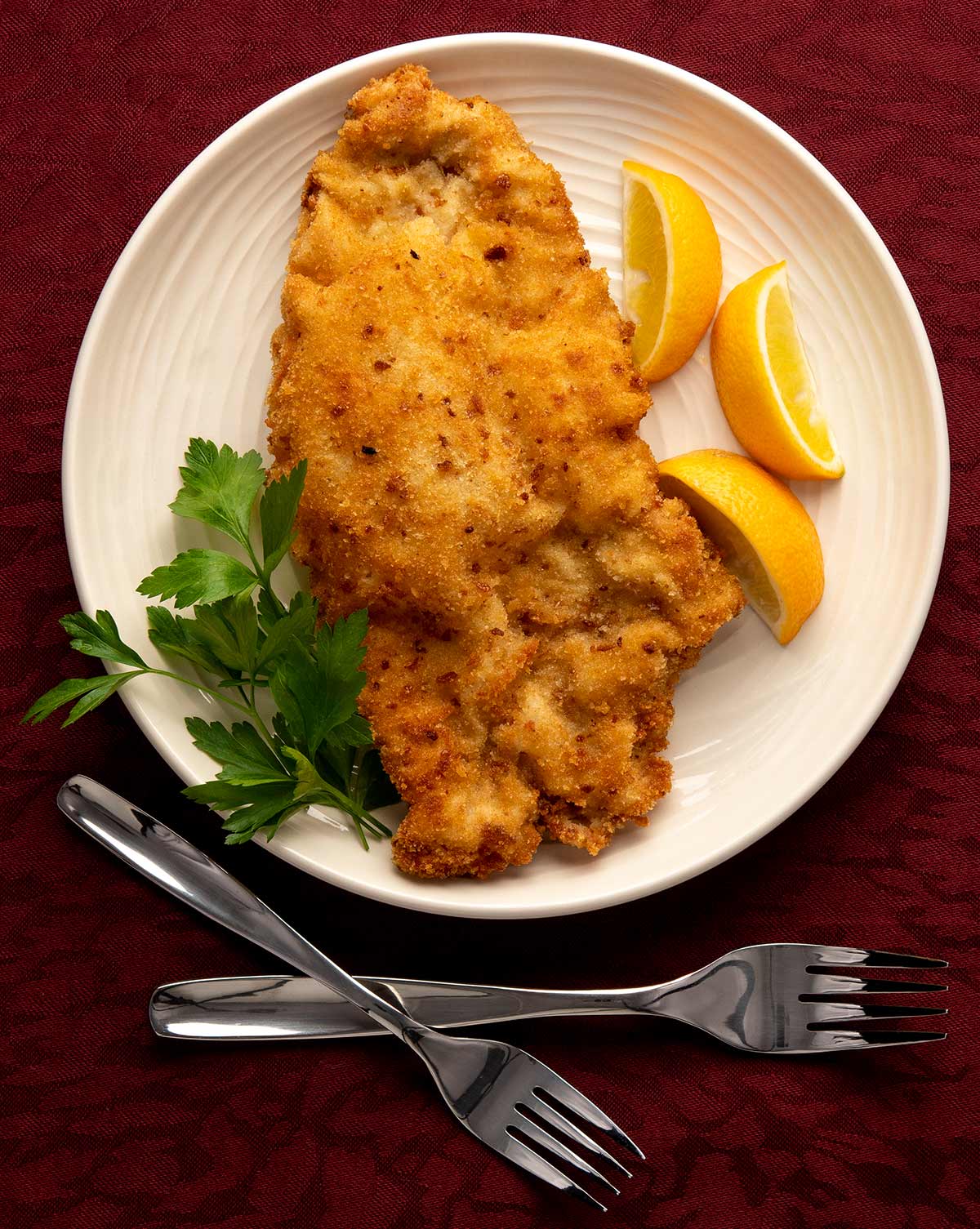
At its core, wiener schnitzel is just a breaded cutlet fried in fat and served simply with lemon, maybe a simple salad, cucumbers or potato salad. It is a blue collar lunch, a slightly more refined rendition of that Southern icon, chicken fried steak.
The trick is in the technique. The cutlet must be very thin, the flour light, the eggs beaten, the breadcrumbs applied with a light hand — and, most importantly, the schnitzel must swim in hot fat.
You read that right: not oil, fat. Lard is ideal, as is clarified butter, duck or goose fat. Wiener schnitzel is such a simple recipe that you really ought to use a flavorful fat or you will wonder what all the fuss is about.
That said, if you are violently opposed to using animal fats, go ahead and use sunflower or safflower oil. Not as good, but better than than not making wiener schnitzel. Oh, and one more thing: Regular butter doesn’t work well, either. The solids will burn before you’re done, making a dark, slightly bitter schnitzel.
Schnitzel? Cutlet? Scaloppini?
Yeah, they’re all the same. You could add “chicken fried chicken” if you’re in Oklahoma or Texas, too, or a milanesa if you are in Mexico. All are slabs of lean meat with little or no connective tissue, pounded very thin and either breaded or battered and fried.
Wiener schnitzel is, strictly speaking, made from veal. And it comes from Vienna, Austria.
So if you did not know, the name “wiener schnitzel” has nothing to do with hot dogs or wieners of any other kind. It’s named for the residents of Vienna. It’s actually been called the national dish of Austria, so the Austrians’ love for it goes beyond the capital.
It is very good with veal. But wiener schnitzel is equally good with a pounded white meat cutlet of any kind. Pounded pork cutlets are wonderful, too, as are breasts from partridges or cutlets sliced from wild turkey breasts. It is less successful with dark meats like duck, venison or beef. Still fine, but this dish is really a white meat thing.
If you are not a hunter, make it with veal first and foremost — there is plenty of humanely raised veal out there. Barring that, go for pork loin, then chicken, then turkey.
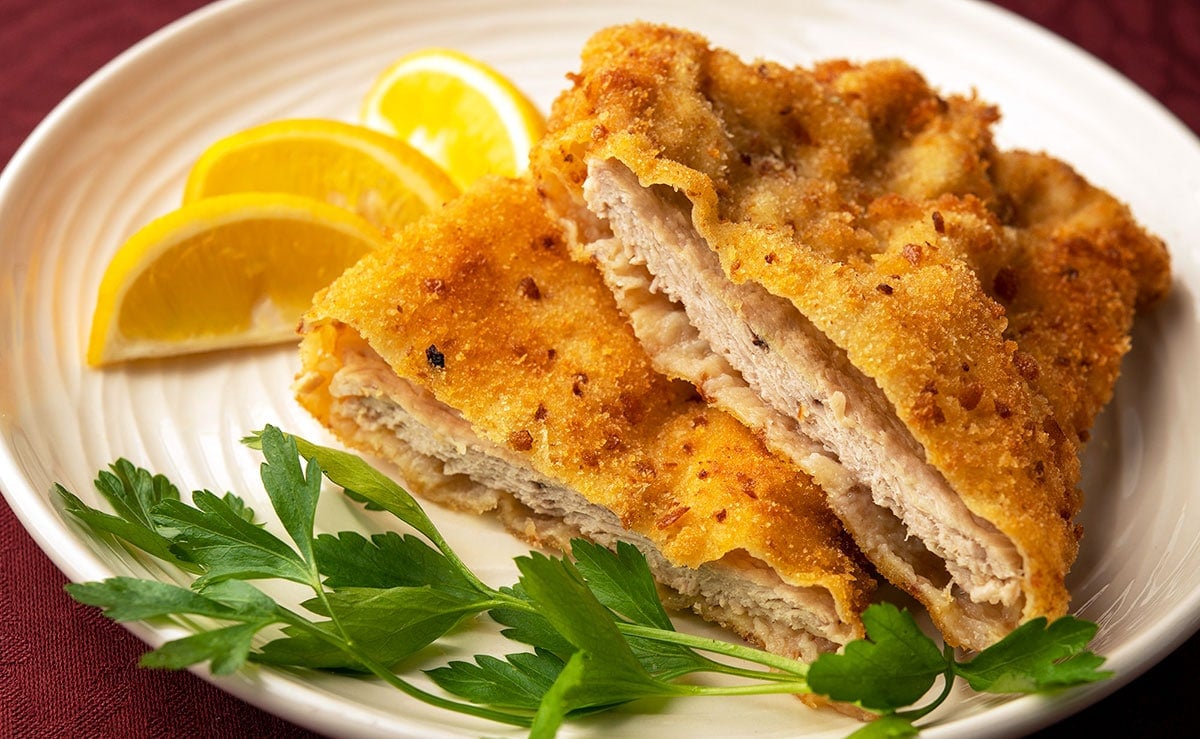
Tips for Better Wiener Schnitzel
This recipe is not rocket science. In fact, it’s one of the easiest, fastest, best recipes on the site. It’s a go-to whenever I have lots of pheasant or wild turkey or pork around. Just remember, let the schnitzel swim. Use the leftover fat the next morning for your eggs.
A few other tips:
- The cutlets need to be thin, thin, thin! I like to put pheasant or chicken breast, or a slice of turkey breast, or a slice of pork loin into a heavy freezer bag, then pound it thin with a rubber mallet, flipping the meat a couple times. Place your open palm over the cutlet and you’ll feel any thick spots. You can go as thin as 1/8 of an inch.
- Use fine breadcrumbs. Panko is terrible for wiener schnitzel. In fact, I will often toss regular breadcrumbs in the blender or food process to make them even finer. Why? To get the puff.
- Good wiener schnitzel has “the puff,” where the breading separates from the meat to form an ultra-crispy coating. This won’t work with coarse breadcrumbs, and it requires enough oil or fat for the cutlets to float. You also spoon hot fat over the exposed side of the schnitzel while the other side is frying, to set it.
- You want hot fat or oil, and this gets tricky because the smoke point of many animal fats is the 350°F you want to fry at. Keep an eye on things and you will be fine. Be sure to let the fat or oil heat back up again between cooking schnitzels.
Like this recipe? I’m betting you’ll also like my jaegerschnitzel recipe, Same idea, different sauce. And that one is great with red meat.
Wiener Schnitzel
Ingredients
- 4 to 8 veal or pork cutlets, or skinless chicken or pheasant breasts
- Salt
- 1 cup flour
- 3 eggs, lightly beaten
- 3 tablespoons milk
- 1 cup fine breadcrumbs
- Enough lard, clarified butter or duck fat to come 1/2 inch up the sides of your frying pan
Instructions
- Set out a work surface and place a slice of veal loin, pork loin, chicken breast or a slice of turkey breast in a freezer bag. Pound the meat out into a very thin cutlet, about 1/8 inch thick. Take your time, hitting the meat with about the same force as knocking on a door. Work from the center of the meat outward. If you are using pheasant or chicken, you will need to pound the thick end of the breast more than the thin end; pork or veal medallions should be evenly cut. Do one breast at a time.
- Preheat the oven to 200°F. Place a cooling rack over a baking sheet in the oven; this is for the schnitzels as they come out of the frying pan. Salt the cutlets well on both sides. Set up a breading station. Put the flour in a large tray, plate or shallow bowl. Do the same for the beaten eggs and milk, and then the breadcrumbs. Put the lard or clarified butter in the frying pan and turn the heat to medium-high. You want to fry at a temperature of about 325°F to 350°F.
- When the fat is ready, dredge a cutlet in flour, press it in well, then shake off the excess. Dredge it in egg-milk mixture, then the breadcrumbs. Do not press the breadcrumbs into the meat. Immediately put the breaded cutlet into the hot fat. Shake the pan a little to make sure the schnitzel does not stick to the bottom. The cutlet should float in the hot fat. Repeat quickly with as many cutlets as will fit in your pan, but don't crowd the pan.
- Fry the schnitzels until they are golden brown, about 2 minutes per side. As the first side is cooking, spoon hot fat over the other side. This will speed up the cooking process. Flip only once. When the schnitzels are done, put them in the oven on the baking sheet and repeat until you're done.
Video
Notes
Keys to Success
- The cutlets need to be thin. Take your time with this so you don't shred the meat. Place your open palm over the cutlet and you'll feel any thick spots.
- Use fine breadcrumbs. Panko is terrible for wiener schnitzel.
- Make sure the oil or fat returns to at least 325°F, and 350°F is better, before cooking more schnitzels. If the oil isn't hot enough, the schnitzels will be greasy.
- Leftover cutlets are amazing eaten cold, right out of the fridge, the next day. Great on sandwiches, too.
Nutrition
Nutrition information is automatically calculated, so should only be used as an approximation.
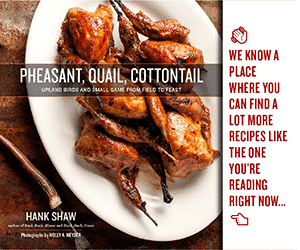
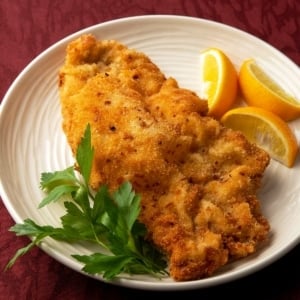
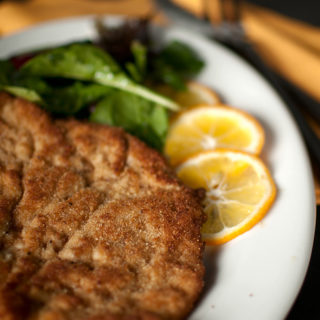


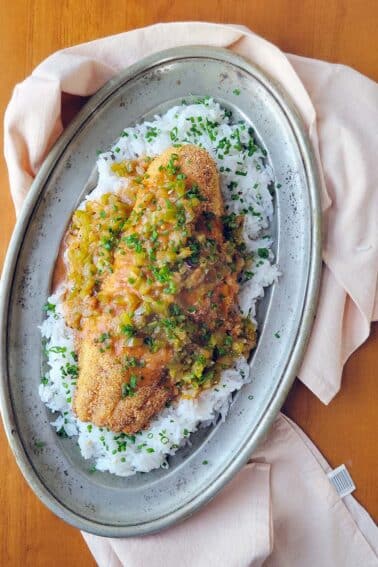
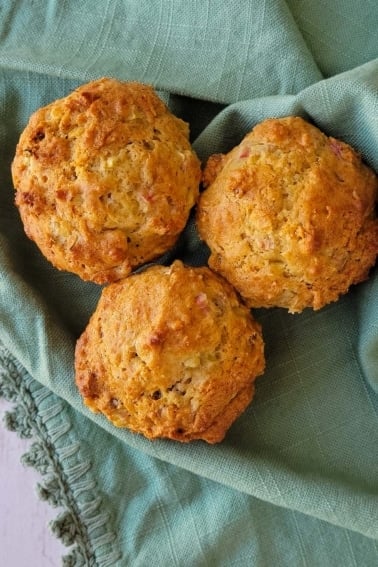
I prefer beef cube steak, with side dish of mashed potatoes, cream gravy, sweet corn, and biscuits with gravy, that is my all time favorite meal, also add iced tea, you just can’t beat that!
I’ll definitely be using this recipe regularly now. It was so easy and delicious!
Yessss…the schnitzel is a ‘keeper’ recipe! I tried it with some venison steaks that I pounded thin. It was perfect!
I have all your recipe books and use them a lot. THANK you for your work!
oh yeah, could I just run panko through a blender or something to make it fine enough for to be is recipe? or is the panco compositionally different from the bread crumbs such that it just won’t work?
Thanks?
Scott: Yes, you can absolutely do that with panko. Pounding tenderizes, so that’s why it’s done that way. As for chicken, I typically slice a breast in half crosswise first. That means less meat when pounded thin, and while still large, not as large as a full breast. You can also simply cut them to fit after pounding.
ok, I’ve got a couple questions.
First, is there an advantage to pounding the meat to get it to 1/8 inch thick? Why not just slice it to 1/8 inch? Run nearly frozen meat through a meat slicer set to 1/8 inch…
Next is if I’m fixing this at home from chicken breast would I just take a slice from the full breast and pound that to 1/8 inch? There’s no way I could use a full chicken breast. It would pound out to something bigger than my pans, were I to pound it to 1/8 inch (1 inch thickness would yield roughly 8 times the area of the original dimension, no? So, a 3x5x1 cut (has an area of 15 square inches) made 1/8 would be 120 sq in, requiring a 20 inch skillet). I also think chicken breast would start to tear in the attempt.
I needed to blitz my bread crumbs for more of the fluff, but still a great recipe and I’ll work of perfecting it
Well, Hank’s comments are spot on:
1. A really easy recipe
2. A very tasty recipe
3. Make more, you’ll be glad you did.
I’ve tried making Wild Turkey Schnitzel before but it never came out great. Using the detailed instructions from Hank I was able to nail it! Thanks!!
Made Wiener Schnitzel this evening using the last pheasant from 2020 as well as two pork chops since there were 4 of us to feed. I cut the breast off the bird for the schnitzel and pounded it out along with the pork. Then I dredged the pheasant thighs and the bones from the pork chops in seasoned flour and browned those in a bit of lard. The pheasant thighs and pork chop bones and trimmings went into the oven with heavy cream, sautéed onions and garlic and lots of salt and pepper…that’ll be tomorrow’s dinner.
Now….back to the schnitzel!! I made milk gravy using the drippings from the pheasant thighs and enjoyed the schnitzel with smashed potatoes, the gravy and a fresh green salad.
The Wiener schnitzel recipe is fantastic. We liked it with the pork but we LOVED it with the pheasant!!
Love this recipe with especially with ruffed grouse! Certainly one of my all time favorites!
The best
I’ve been doing this with wild-turkey breasts for a few years–ever since I gave up on roasting them whole. Now you’ve inspired me to use the technique on some wild-hog loins I’ve got in the freezer. Thanks!
Okay I have an abundance of Canada Goosens in the freezer this year. Like- ‘What in the hell am I going to do with all of this in the freezer’ amount. I think I’m going to schnitzel a few of these just for good measure.
Wish me luck.
Awesome idea! I am from Austria and life in northern Canada, just got fresh Canada goose breasts. I would not have thought of making Schnitzel with them, but this is the perfect way to fusion both of my worlds!
Made Wiener schnitzel based on this recipe with some mixed bag duck breasts (mostly teal, but also a randoms, I think a gadwall, a mallard… might have even been a spoonie).
I also made it gluten free based on one of Hank’s recommendations – I dredged in garbanzo flour and I pulsed some GF panko in the food processor for the breading.
The panko gets a little darker than a traditional coating would I think, but the flavor was still spot on! I served it with some sautéed mushrooms and onions and mushroom gravy (based on another recipe on this site for jaeger schnitzel.
On a side note, one might be inclined to think pounding the meat flat would reveal any leftover shot. One would be wrong.
Solid, delicious meal. And it was the first time we used any duck from a hunting trip I went on with my 9 y/o son, so he was pretty happy to be eating meat he’d helped harvest. Me too.